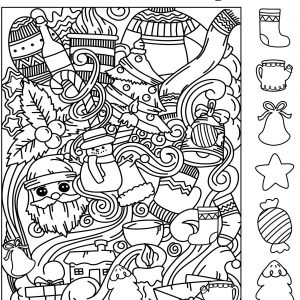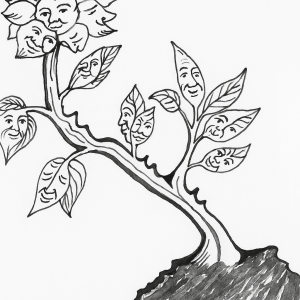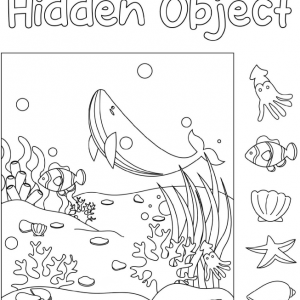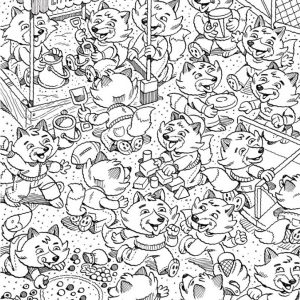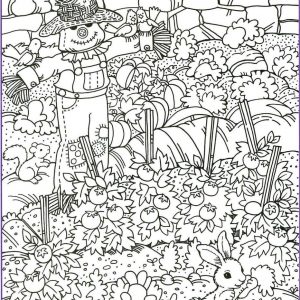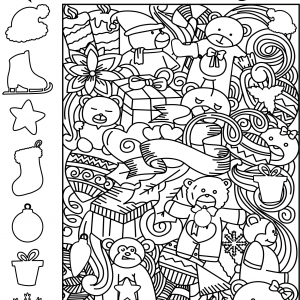The Enigmatic Many Faced Portrait: Exploring the Art and Psychology of Optical Illusions
Unlocking the Mystery: What Is an Optical Illusion Portrait?
Have you ever glanced at a drawing and suddenly spotted hidden images woven into the lines? This haunting pencil sketch of a woman’s face, her flowing hair morphing into a tapestry of multiple smaller faces, embodies the magic of optical-illusion portraits. At first look, you see a solitary visage—soft eyes, full lips, cascading locks. Yet as your gaze drifts, new profiles emerge from the strands: children’s faces, contemplative adults, each seamlessly integrated into the same composition. This interplay between figure and hidden figures sparks curiosity, inviting viewers to linger and discover fresh surprises.
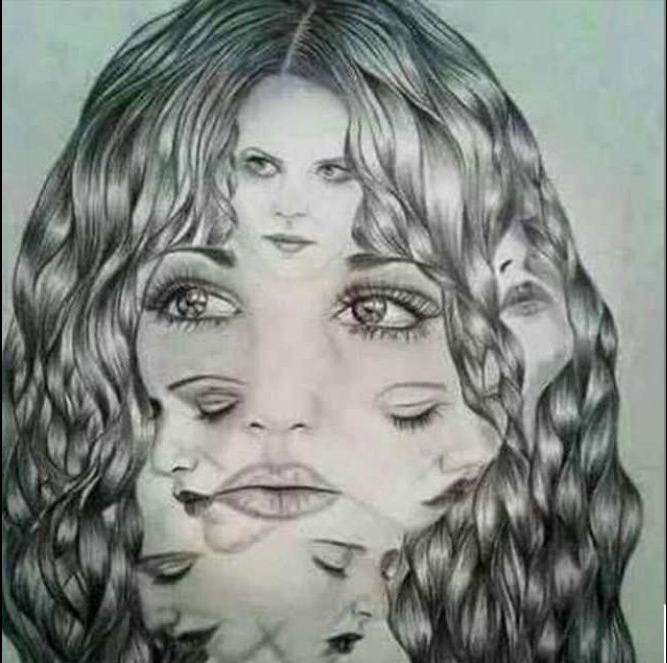
The Roots of Illusion Art: Historical Perspectives
Optical illusions in portraiture have captivated artists and audiences for centuries:
- Renaissance Gamesmanship: Early masters like Giuseppe Arcimboldo painted playful composite heads—portraits made from fruits, vegetables, and flowers that only resolve into a human likeness from a distance.
- Victorian Stereograms: In the 19th century, engravers hid tiny vignettes in elaborate border designs, daring viewers to spot secret scenes within a larger image.
- Modern Surrealism: Salvador Dalí and René Magritte pushed illusion further, blending dreamlike imagery and ambiguous forms to challenge perception and evoke the subconscious.
Our many-faced woman stands in this lineage, using hair as both canvas and concealment, merging classical portraiture with contemporary mind-bending flair.

The Psychology of Pareidolia: Why We See Faces Everywhere
The human brain is hardwired to recognize faces—a survival trait from our evolutionary past:
- Face Detection Module: Neuroscientific studies reveal a specialized region, the fusiform face area, that lights up when we view face-like patterns, even in clouds or tree bark.
- Pattern Seeking: Faced with visual ambiguity, our minds favor familiar shapes, especially eyes and mouths, over random noise. This “pattern completion” leads us to perceive faces in the flowing hair.
- Emotional Resonance: Spotting a hidden face triggers an emotional jolt—joy, surprise, or even a slight chill—which rewards our brain’s detective work and compels us to keep scanning.
Understanding pareidolia explains why this illustration feels alive: each hidden profile beckons, rewarding our brain’s instinctive quest for recognition.

Techniques Behind the Many Faces: How Artists Conceal and Reveal
Creating a seamless multi-face portrait demands both technical skill and imaginative vision:
- Contour Alignment: Notice how the artist uses natural curves of hair strands as the outline of smaller faces—cheeks become coils of hair, lips form the wind-swept edges of locks.
- Selective Shading: Subtle gradations of pencil define eyes and noses without breaking the flow of the main face’s outline, ensuring no single profile jarringly stands apart.
- Layered Detailing: By varying line weight—thicker strokes for the main features, finer lines for the hidden faces—the artist guides your focus back and forth between levels of the composition.
- Strategic Negative Space: Areas of unshaded paper provide breathing room, letting the mind fill in partial outlines and complete the hidden images.
These methods weave together a visual tapestry that rewards sustained engagement and repeated viewings.
Bringing the Illusion to Life: Interactive Art Activities
Captivated by the many-faced mystery? Try these hands-on projects:
- Create Your Own Illusory Portraits: Start with a simple face sketch. Gradually integrate smaller faces—profile, three-quarter views, even animal shapes—into the hair or background, using soft pencils and erasers to blend.
- Face-Spotting Games: Host a gathering where friends decipher hidden figures in famous illusion artworks. Score points for the rarest discoveries—did you spot the tiny child’s face tucked behind the ear?
- Digital Photo Mashups: Use photo-editing software to overlay faint secondary faces onto a portrait. Experiment with opacity and blending modes to achieve that pencil-drawn subtlety.
These creative exercises deepen your understanding of visual perception and spark fresh artistic inspiration.

The Impact of Illusion Art in Contemporary Design
Beyond gallery walls, hidden-face illusions influence multiple fields:
- Advertising and Branding: Marketers employ subliminal imagery—faces or logos tucked into packaging designs—to capture attention and create memorable “aha” moments.
- Fashion and Textiles: Designers weave hidden motifs into fabric patterns, revealing secret symbols only when viewed at certain angles or distances.
- Virtual Reality and Gaming: Immersive environments use illusionary techniques to guide players toward hidden objectives or surprise encounters.
By tapping into our innate love for puzzle-solving, illusion art transforms passive viewing into an active, engaging experience.
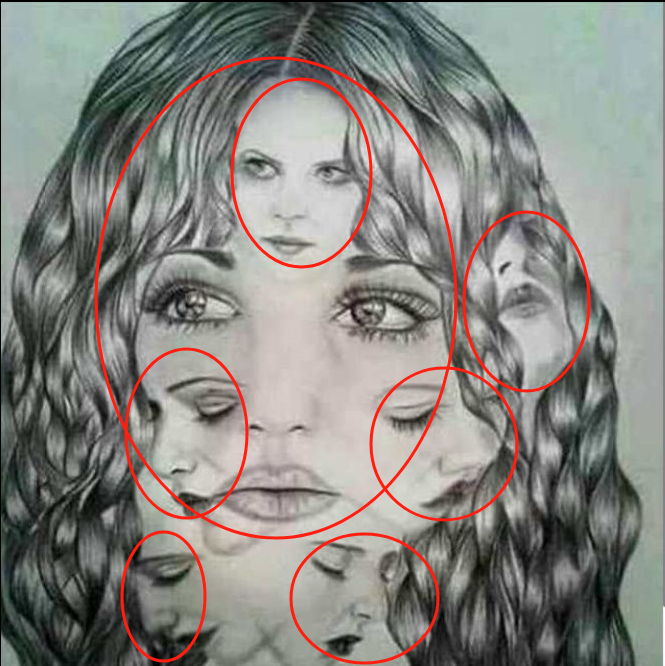
Conclusion: Embrace the Endless Discoveries
This many-faced pencil portrait reminds us that art can be as much about what’s hidden as what’s revealed. Through centuries of illusion artistry, our fascination with hidden images—rooted in instinct and imagination—continues to thrive. Whether you’re an artist sketching your first hidden-face portrait, a curious viewer tracing subtle contours, or a designer leveraging illusions to captivate audiences, the allure is the same: that thrilling moment when a new profile emerges from flowing hair, reminding us that sometimes, the most profound surprises lie just beneath the surface. So pause, look again, and let your eyes dance across every line—you never know what face might be waiting to greet you.
